Home>Interior Design>Can You Use Exterior Paint Indoors? Paint Experts Explain
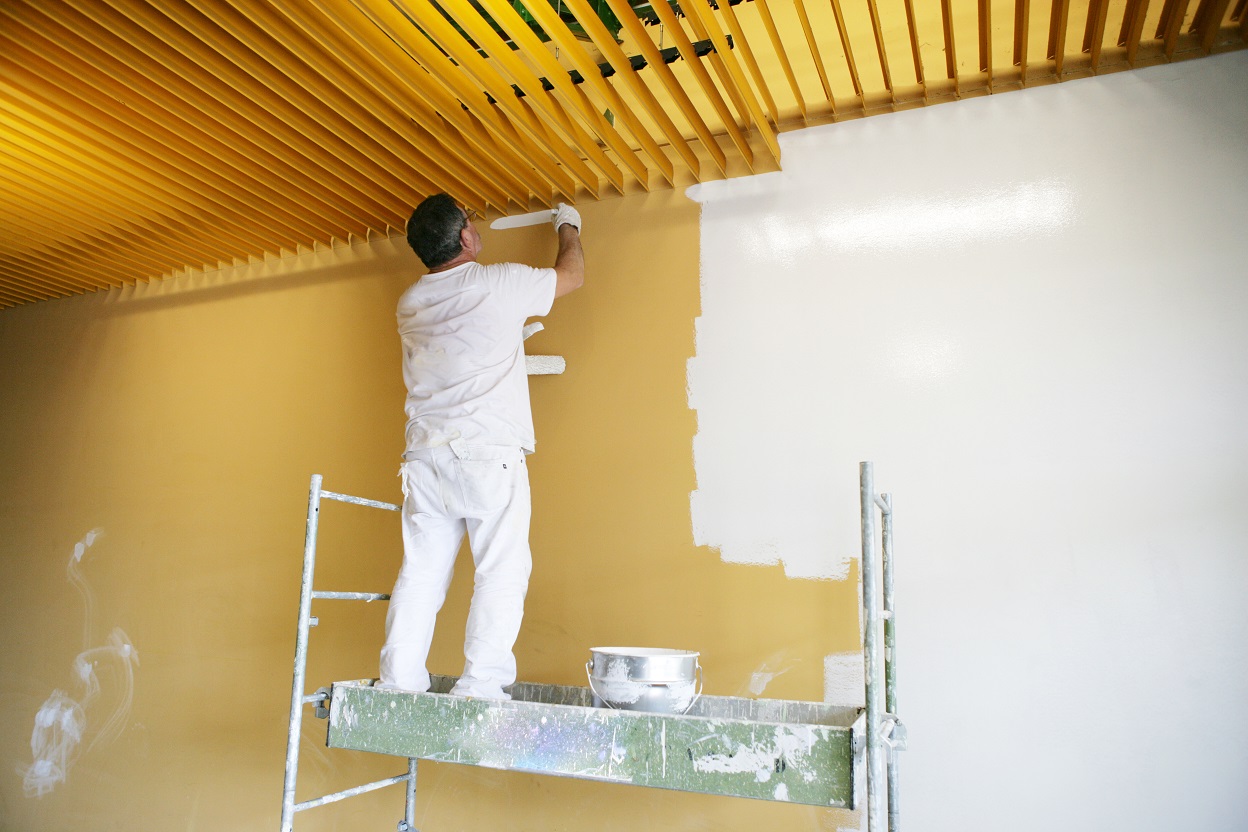

Interior Design
Can You Use Exterior Paint Indoors? Paint Experts Explain
Modified: December 7, 2023
Learn from paint experts whether it's safe to use exterior paint indoors. Discover the dos and don'ts of painting for your interior-design projects.
(Many of the links in this article redirect to a specific reviewed product. Your purchase of these products through affiliate links helps to generate commission for Storables.com, at no extra cost. Learn more)
Introduction
Painting is a popular way to refresh and transform any living space. Whether you’re looking to update your home’s interior or spruce up an outdoor area, choosing the right type of paint is crucial. Typically, interior and exterior paints are formulated to meet the specific needs and challenges of each environment. But what if you have some leftover exterior paint lying around and want to use it indoors? Can you use exterior paint indoors?
In this article, we will dive into the world of paint and explore whether it is safe and effective to use exterior paint indoors. We’ll consider the key differences between exterior and interior paint, the factors to consider when using exterior paint indoors, the potential risks involved, the advantages it may offer, and the expert recommendations on this matter.
Key Takeaways:
- Using exterior paint indoors may pose risks due to higher VOC levels, strong odors, and suboptimal performance. It’s best to opt for interior paint tailored for indoor environments to ensure safety and aesthetic appeal.
- While exterior paint offers durability and moisture resistance, its use indoors is generally discouraged by paint experts. Consider it only for touch-ups or low-exposure areas, and consult professionals for personalized advice.
Understanding the Difference between Exterior and Interior Paint
Before we delve into the question of using exterior paint indoors, it’s crucial to understand the fundamental differences between exterior and interior paints.
Exterior paint is specifically formulated to withstand harsh weather conditions, such as extreme heat, cold, rain, and UV rays. It is designed to provide durability and protect your home’s exterior surfaces from moisture, fading, and damage caused by the elements. Exterior paint also contains additional additives, such as fungicides and biocides, to prevent the growth of mold, mildew, and algae.
On the other hand, interior paint is formulated to enhance the aesthetics of indoor spaces. It is generally less durable and weather-resistant, as it doesn’t face the same challenges as exterior paint. Interior paint is designed to provide excellent coverage, color options, and ease of application, giving you the freedom to transform your living spaces according to your personal style.
The major difference lies in the resin content of exterior and interior paints. Exterior paint contains a higher resin content, making it more resistant to the elements and offering better adhesion. Interior paint, on the other hand, has a lower resin content, making it less prone to cracking and flaking on indoor surfaces.
Understanding these distinctions helps us assess the suitability of using exterior paint indoors. Let’s explore the factors to consider when contemplating this option in the next section.
Factors to Consider when Using Exterior Paint Indoors
While using exterior paint indoors may seem like a cost-effective option, there are several important factors to consider before making a decision:
- Chemical Composition: Exterior paint often contains higher levels of volatile organic compounds (VOCs) than interior paint. These VOCs can contribute to poor indoor air quality and may have harmful effects on your health. If you choose to use exterior paint indoors, ensure that it has low VOC levels or opt for eco-friendly alternatives.
- Odor: Exterior paint may have a stronger odor compared to interior paint. The chemical compounds present in exterior paint can emit strong fumes that could linger indoors for a longer period. If you or your family members are sensitive to strong odors, using exterior paint indoors might not be the best choice.
- Drying Time: Exterior paint is typically formulated to have a longer drying time, allowing it to bond and cure effectively on external surfaces. When used indoors, the extended drying time may lead to inconvenience and potential damage, as it could attract dust, dirt, and pet hair.
- Application: Exterior paint is often thicker and more difficult to apply than interior paint. It may require multiple coats and additional effort for a smooth and even finish. This can be challenging when painting smaller indoor areas or intricate details.
- Color and Finish Choices: Exterior paint options may be limited when it comes to color choices and finishes compared to interior paint. Interior paint offers a wider range of colors, shades, and finishes to suit your indoor design preferences.
Taking these factors into account will help you make an informed decision about using exterior paint indoors. However, it’s essential to be aware of the potential risks associated with this practice, which we will discuss in the next section.
Potential Risks of Using Exterior Paint Indoors
While using exterior paint indoors may seem like a convenient option, it is important to be aware of the potential risks involved:
- Poor Indoor Air Quality: Exterior paint often contains higher levels of volatile organic compounds (VOCs) compared to interior paint. These VOCs can contribute to indoor air pollution, leading to health issues such as respiratory problems, headaches, and allergic reactions. If you decide to use exterior paint indoors, ensure that you choose a low VOC or VOC-free option and maintain proper ventilation during and after painting.
- Strong Odor: Exterior paint may have a stronger and longer-lasting odor compared to interior paint. This can be particularly bothersome in enclosed spaces. The strong smell can linger for days or even weeks, making the indoor environment uncomfortable for occupants. It is important to consider the sensitivity of individuals in the household and ensure proper ventilation to minimize the odor impact.
- Suboptimal Performance: Exterior paint is designed to withstand harsh outdoor conditions, such as UV rays, moisture, and temperature fluctuations. When used indoors, it may not perform as well as interior paint in terms of coverage, adhesion, and durability. The paint may not adhere properly to interior surfaces, leading to cracking, peeling, and a shorter lifespan.
- Difficult Application: Exterior paint is typically thicker and formulated differently to provide better protection against outdoor elements. This can make it more challenging to apply indoors, especially in smaller spaces or detailed areas. The thick consistency may result in brush strokes or uneven coverage, affecting the overall aesthetic.
- Limited Color Selection: Exterior paint options are often limited when it comes to color choices, as they are primarily formulated for practical purposes rather than aesthetic appeal. If you have specific color preferences for your indoor spaces, using exterior paint may not provide the range and variety that interior paint offers.
Considering these potential risks, it is important to weigh the pros and cons before deciding to use exterior paint indoors. Consulting with paint experts or professionals can provide valuable guidance tailored to your specific project and preferences.
Yes, you can use exterior paint indoors, but it’s important to choose a low-VOC or zero-VOC formula to minimize indoor air pollution. Exterior paint may also have different additives for weather resistance, so consider these factors before using it indoors.
Advantages of Using Exterior Paint Indoors
While there are potential risks and considerations to keep in mind, there are also a few advantages to using exterior paint indoors:
- Durability: Exterior paint is designed to withstand harsh outdoor conditions, making it inherently more durable than interior paint. When used indoors, it can offer a longer-lasting finish that is resistant to wear and tear.
- Moisture Resistance: External surfaces are exposed to moisture, so exterior paint is formulated to be more water-resistant. This added protection can be beneficial in areas of your home that experience high humidity, such as bathrooms and kitchens.
- UV Protection: Exterior paint is designed to protect against ultraviolet (UV) rays, which can cause fading and damage to surfaces exposed to direct sunlight. Using exterior paint on indoor surfaces that receive ample sunlight can help prevent color fading over time.
- Extra Protection: Exterior paint often contains additives such as fungicides and biocides to prevent the growth of mold, mildew, and algae. Using exterior paint indoors in areas prone to moisture or dampness can provide an added layer of protection against these issues.
- Cost Efficiency: If you have leftover exterior paint from a previous project, using it indoors can be a cost-effective solution to avoid waste and save money. However, consider the potential risks and limitations mentioned earlier before proceeding.
While these advantages may seem appealing, it is important to carefully assess whether the benefits outweigh the potential risks and if they align with your specific project’s requirements and goals.
To get a better understanding of whether or not it is advisable to use exterior paint indoors, it is crucial to consider the recommendations and insights provided by paint experts. Let’s explore their perspective in the following section.
Expert Recommendations for Using Exterior Paint Indoors
When it comes to using exterior paint indoors, paint experts generally discourage its use due to the potential risks and limitations. However, there are certain situations where it may be deemed acceptable or even recommended:
- Touch-Up Purposes: If you have a small area indoors that requires touch-up or repair, using exterior paint can be a convenient and practical solution. Ensure that the area is well-ventilated, and choose a low VOC or VOC-free exterior paint to minimize indoor air pollution.
- Temporary or Low-Exposure Areas: In some cases, where the paint will not be in direct contact with water, excessive sunlight, or heavy wear, using exterior paint may be acceptable. This could include painting the inside of a garage or utility room. Keep in mind, however, that proper surface preparation and adequate ventilation are still important.
- Professional Advice: If you are unsure about whether to use exterior paint indoors, it is recommended to consult with a professional painter or paint expert. They can assess your specific situation, provide personalized advice, and recommend suitable products for your project.
It is essential to note that even in these situations, careful consideration of the potential risks and limitations is crucial. Always follow the manufacturer’s instructions and guidelines regarding product usage, surface preparation, and recommended drying times.
Ultimately, the best approach is to opt for interior paint when painting indoor spaces. Interior paints are specifically formulated for indoor environments, offering better performance, lower VOC levels, and a wider range of color options. This ensures a more successful and aesthetically pleasing outcome while minimizing potential health risks.
Understanding the expert recommendations and making an informed decision will help you achieve the desired results while ensuring the safety and longevity of your painted surfaces.
Conclusion
The decision of whether to use exterior paint indoors requires careful consideration of the potential risks, expert recommendations, and specific project requirements. While using exterior paint indoors may seem like a convenient option, it is important to be aware of the differences between exterior and interior paint formulations.
Exterior paint is designed to withstand harsh outdoor conditions and may contain higher levels of volatile organic compounds (VOCs). These factors can contribute to poor indoor air quality and strong odors. Additionally, exterior paint may have a longer drying time and prove more challenging to apply in indoor spaces.
However, there are some advantages to using exterior paint indoors, such as enhanced durability, moisture resistance, and UV protection. It can also be a cost-effective solution if you have leftover paint from a previous project.
Paint experts generally discourage the use of exterior paint indoors due to the potential risks and limitations. In most cases, it is advisable to choose interior paint specifically formulated for indoor use. Interior paint offers better performance, lower VOC levels, a wider range of color options, and is designed to meet the specific needs of indoor environments.
If you do decide to use exterior paint indoors, it is important to choose a low VOC or VOC-free option, ensure proper ventilation, and follow the manufacturer’s instructions for application and drying time. Consulting with a professional painter or paint expert can provide valuable guidance tailored to your project’s requirements.
In conclusion, the safe and effective choice for painting indoor spaces is to use interior paint. By selecting the appropriate interior paint, you can create beautiful and long-lasting finishes while safeguarding the indoor air quality and overall well-being of your living spaces.
Frequently Asked Questions about Can You Use Exterior Paint Indoors? Paint Experts Explain
Was this page helpful?
At Storables.com, we guarantee accurate and reliable information. Our content, validated by Expert Board Contributors, is crafted following stringent Editorial Policies. We're committed to providing you with well-researched, expert-backed insights for all your informational needs.
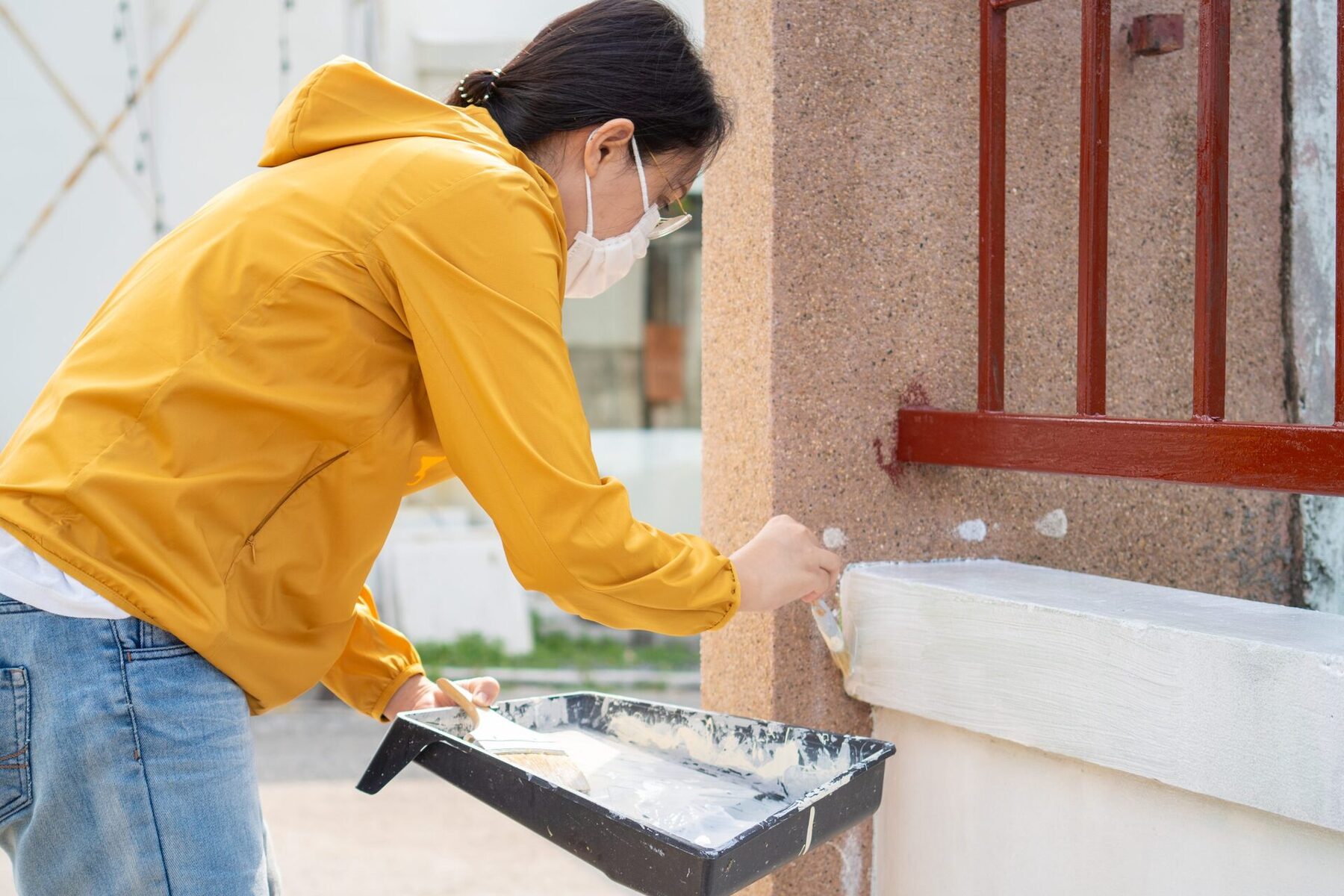
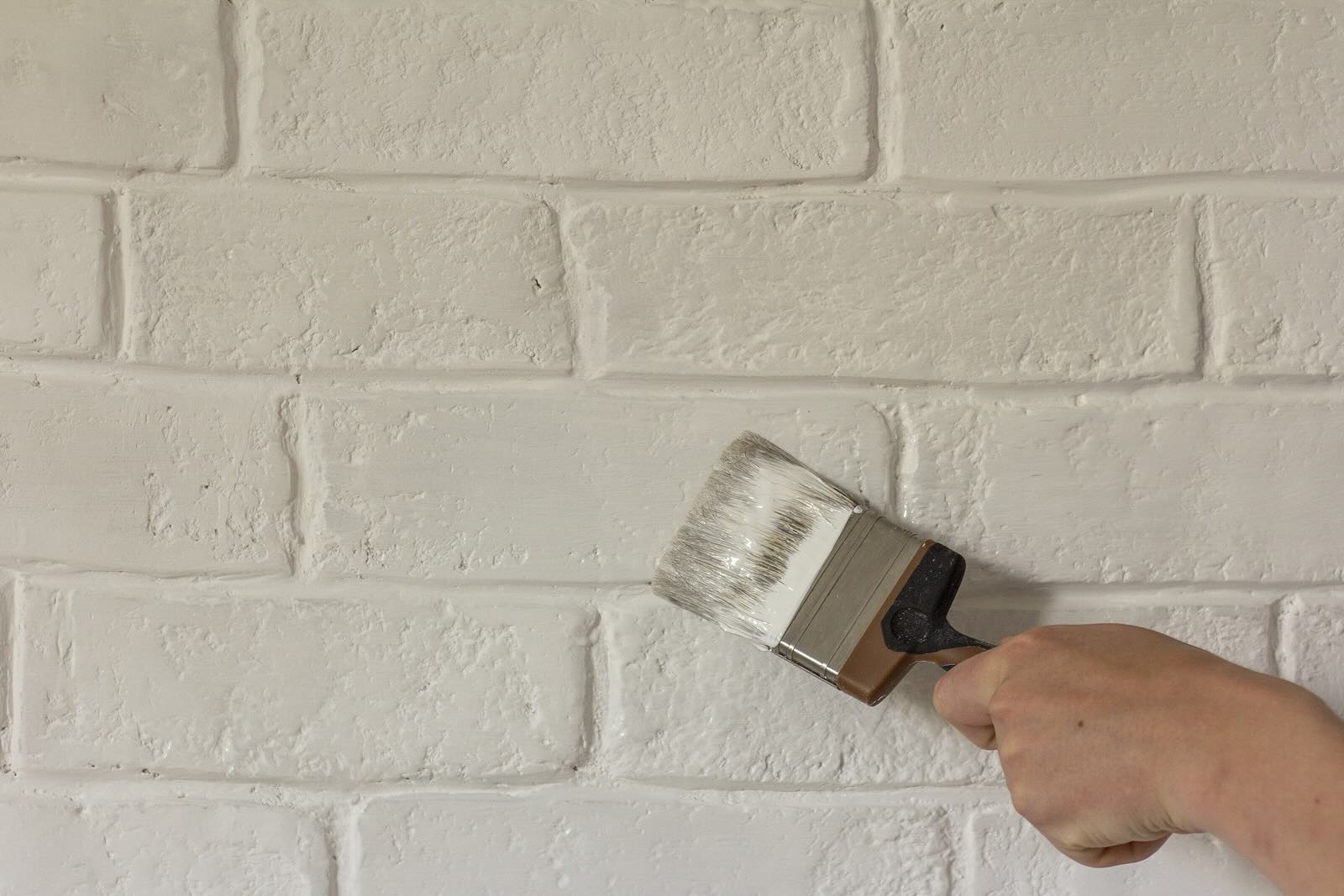
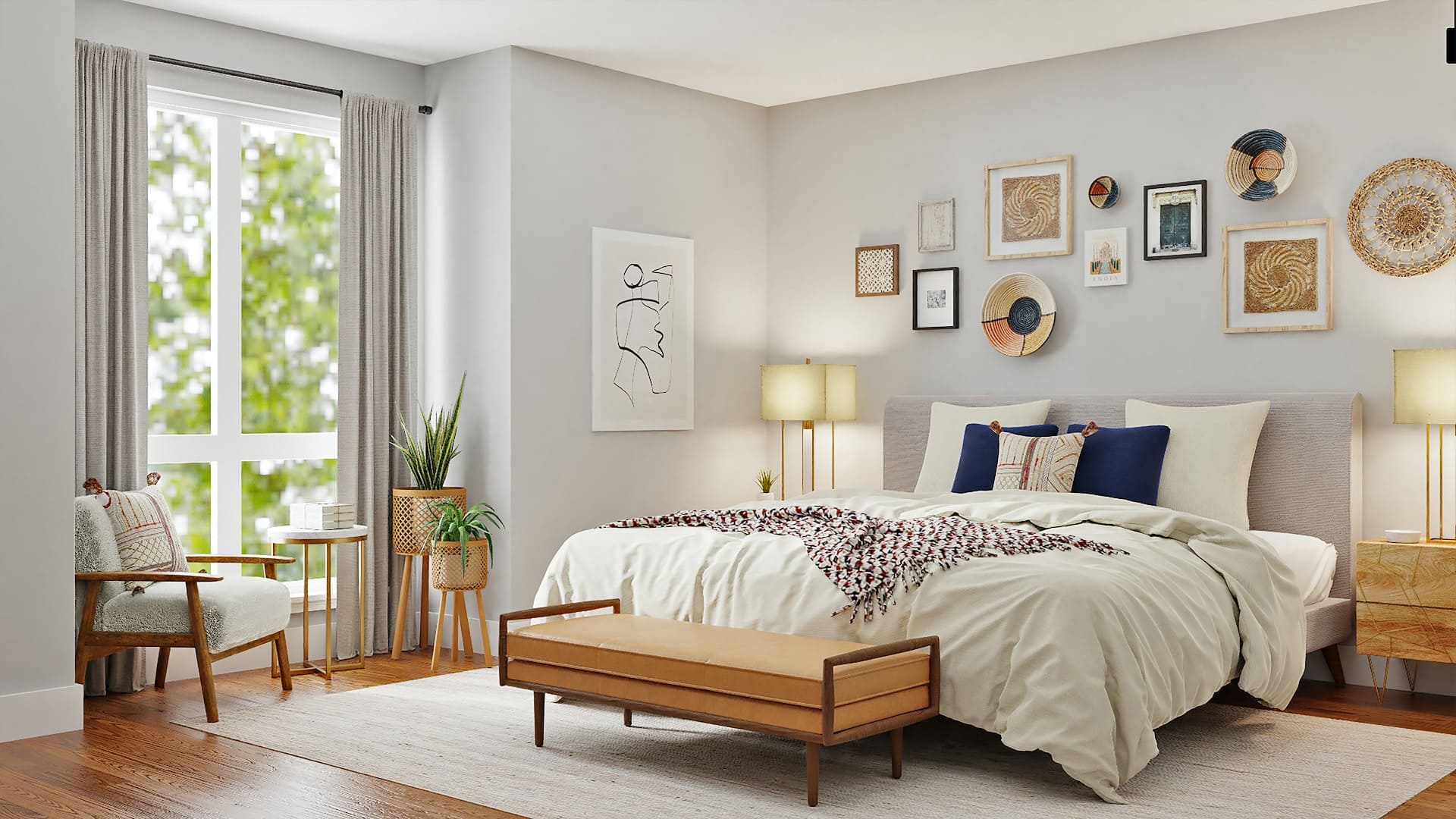
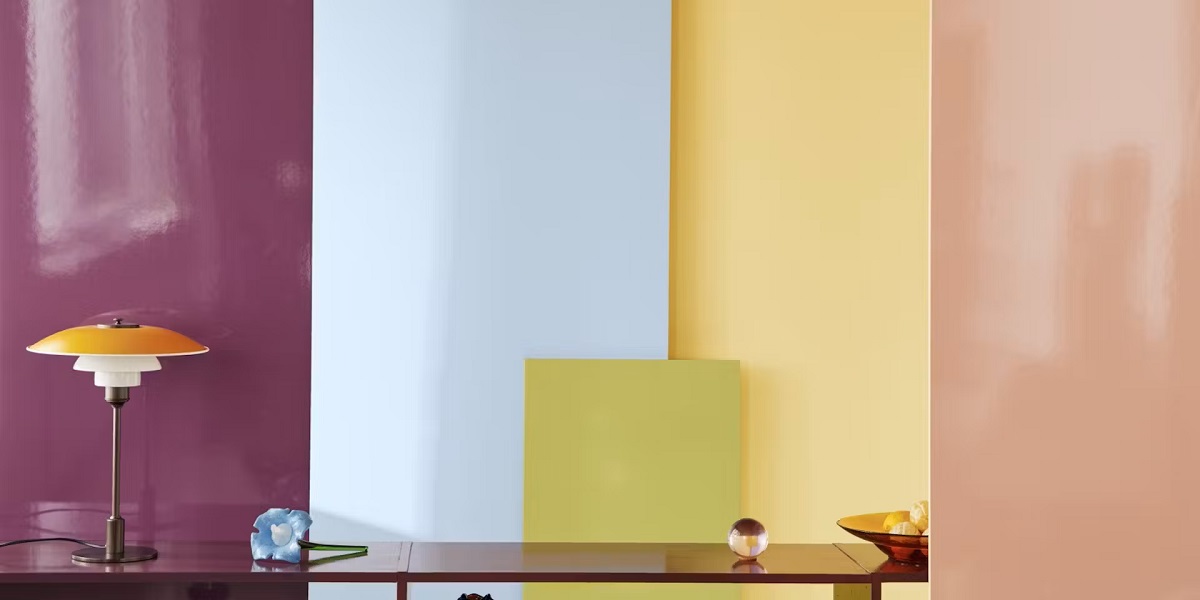
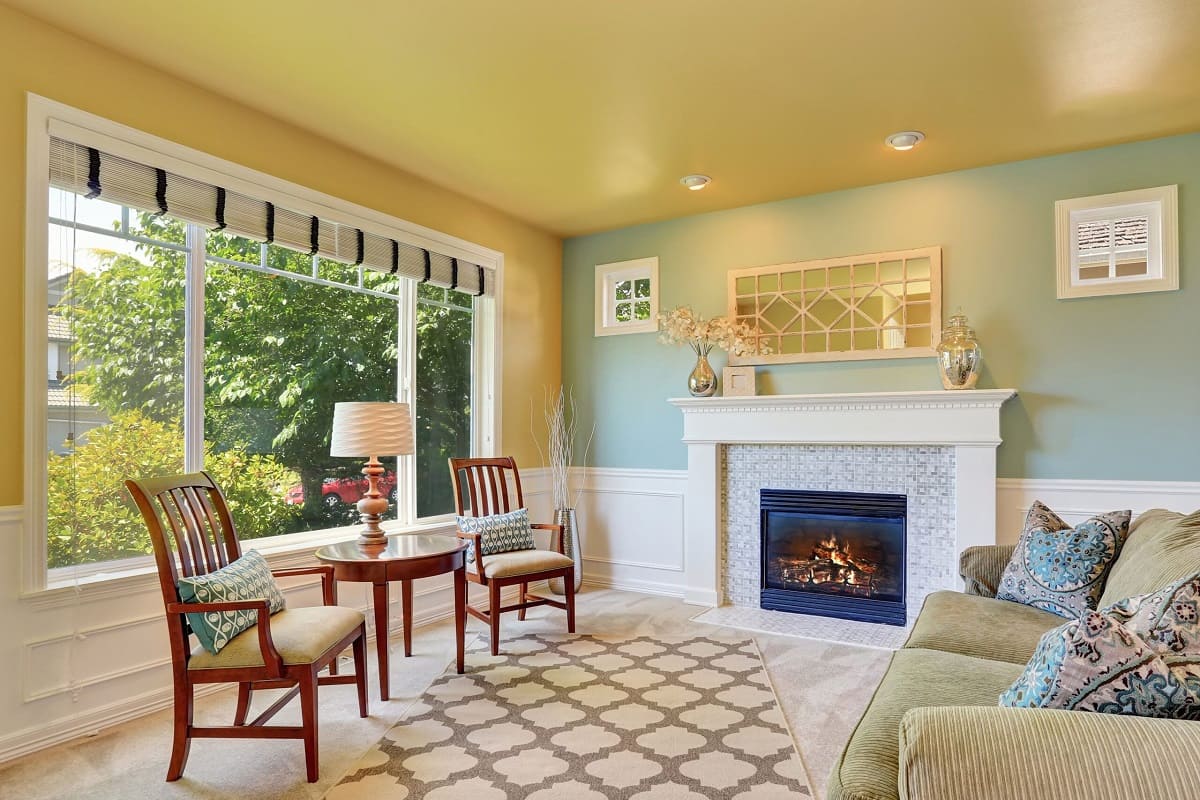
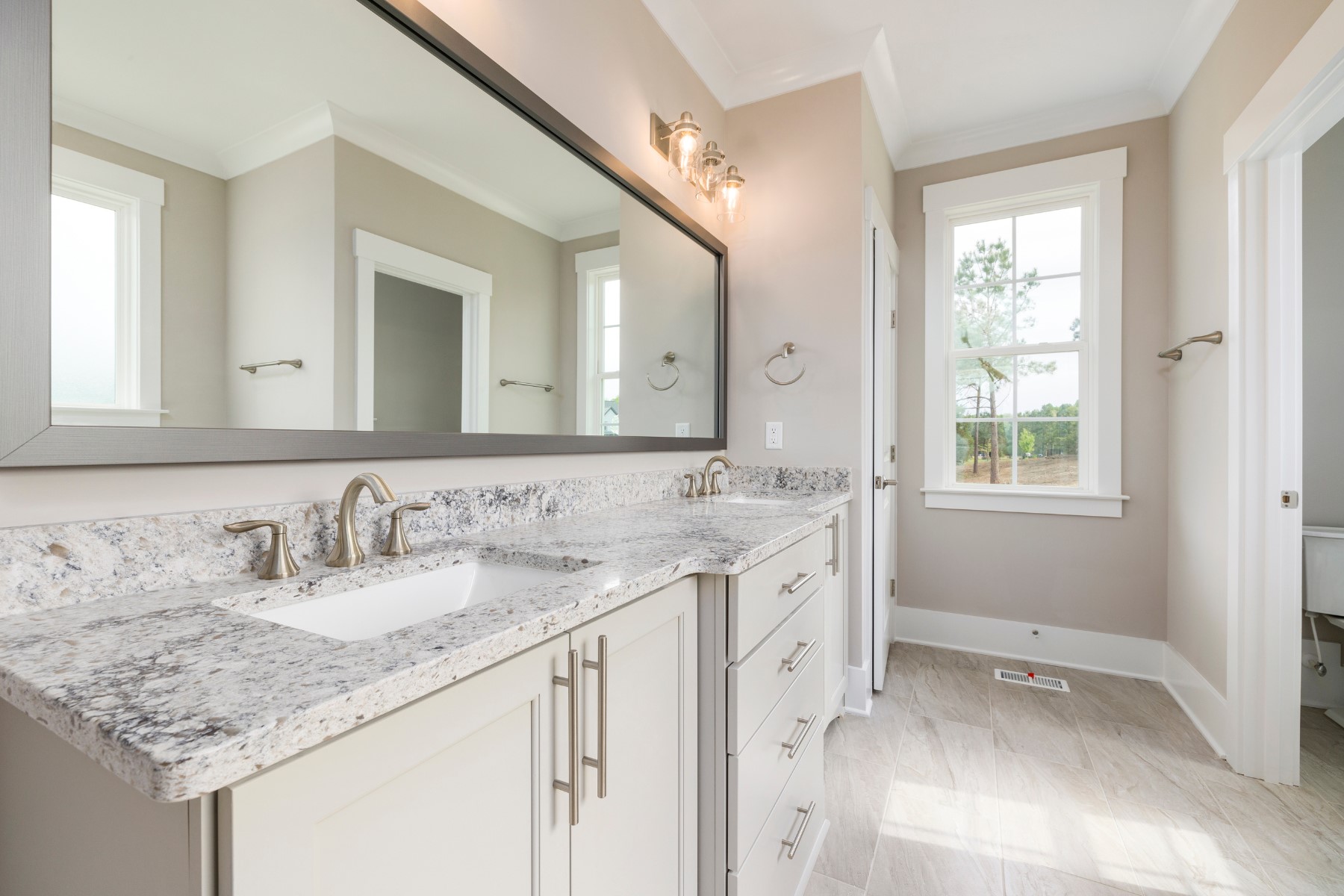

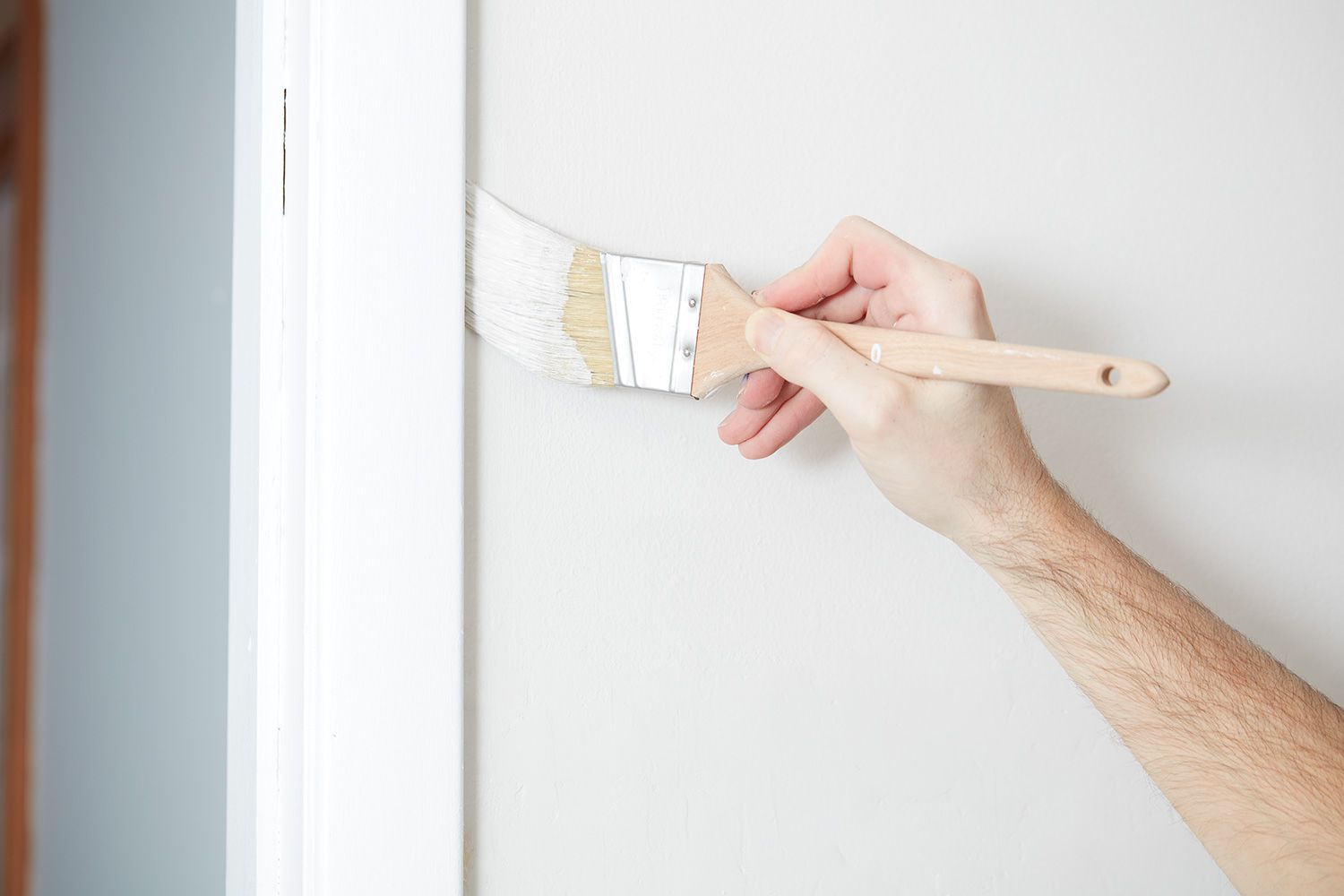

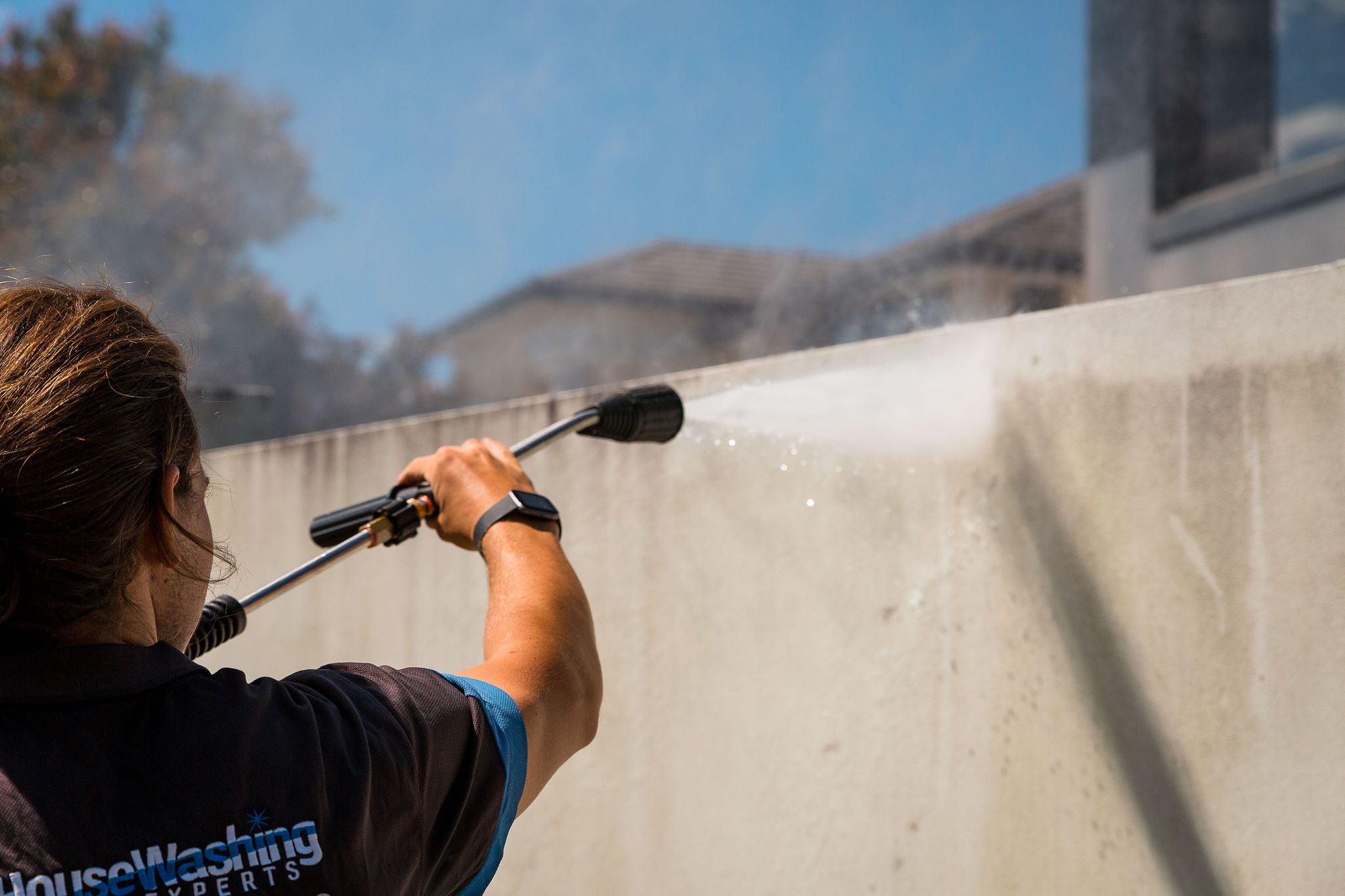
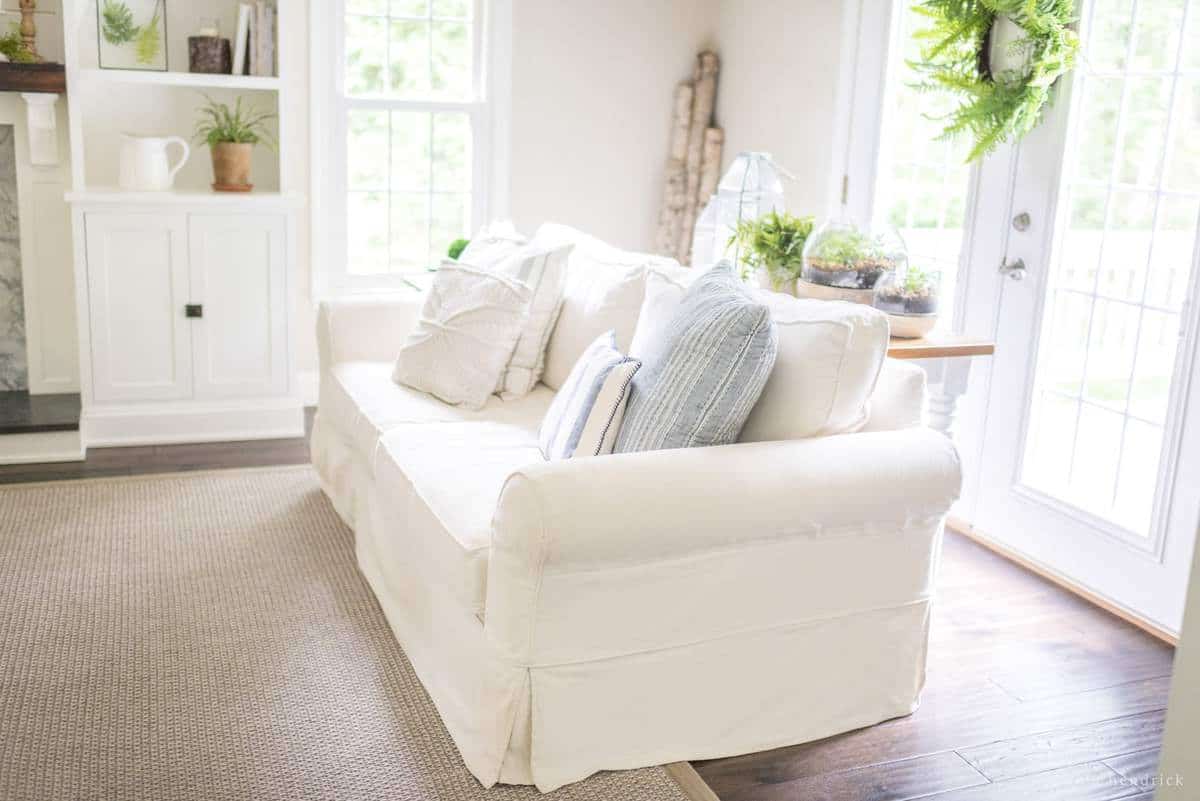
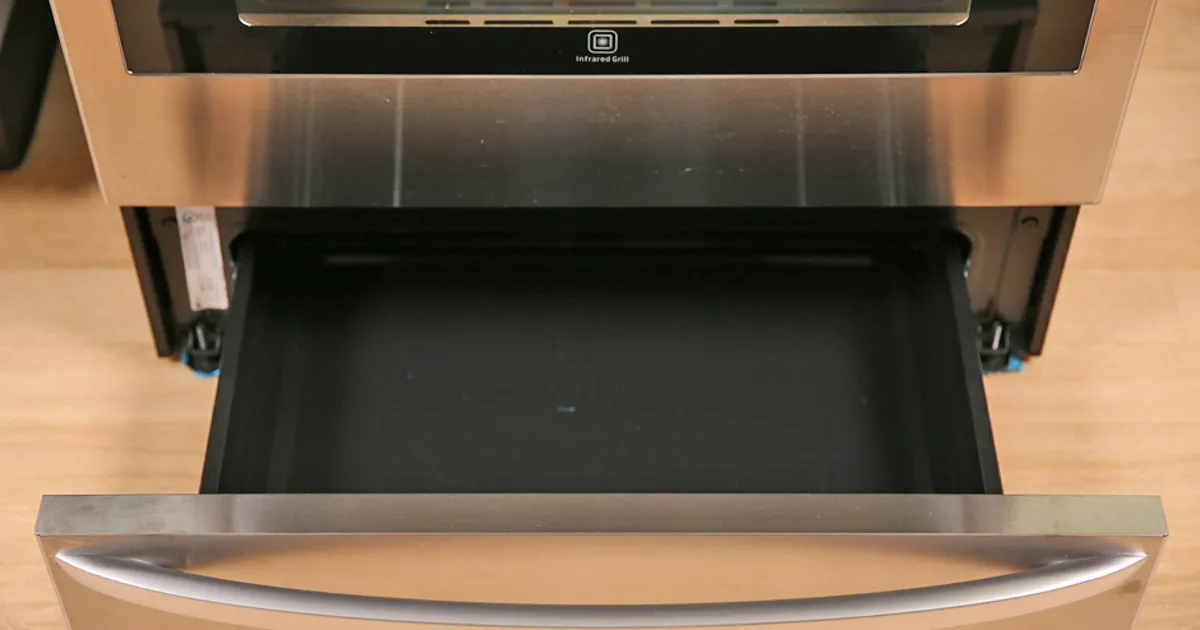
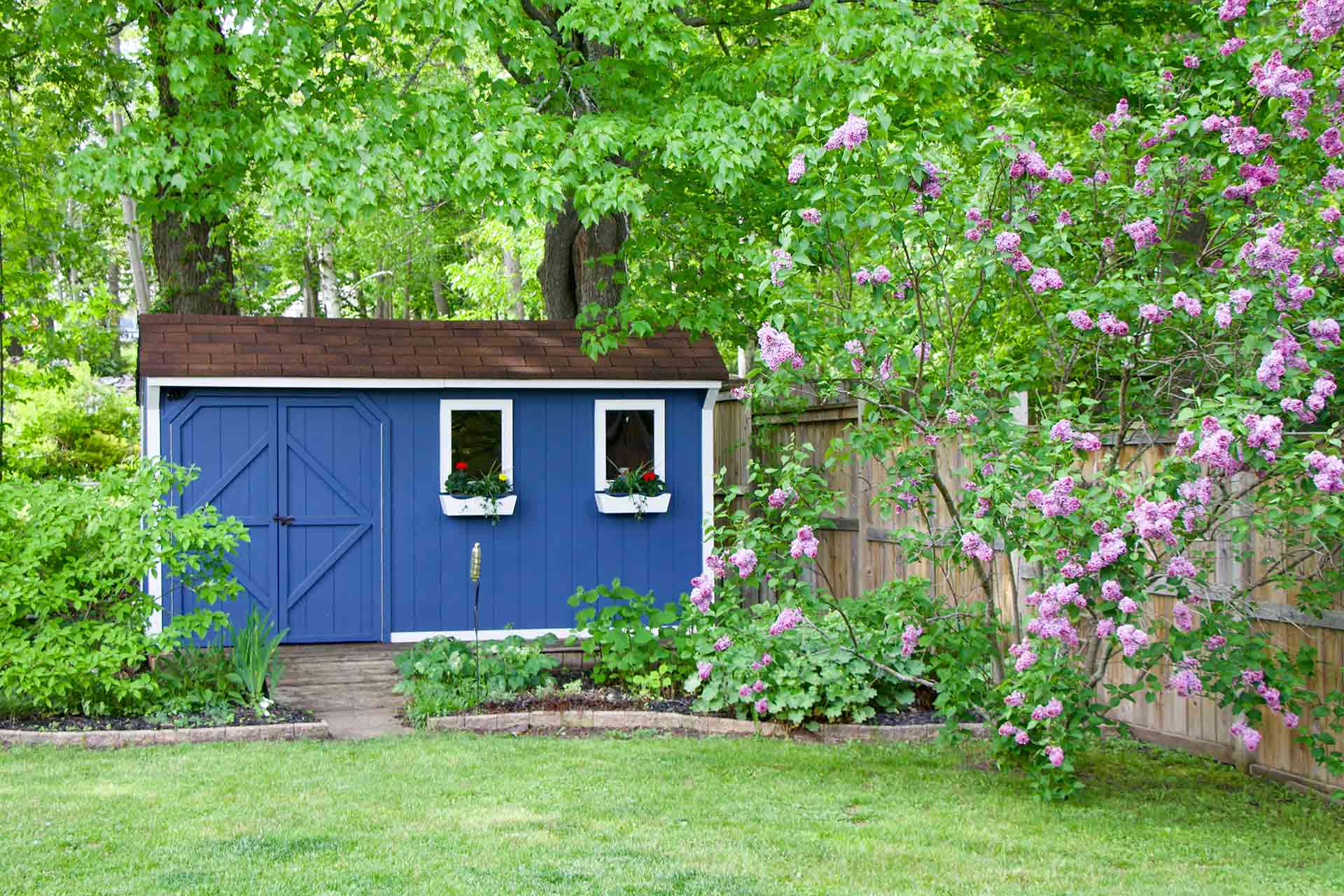
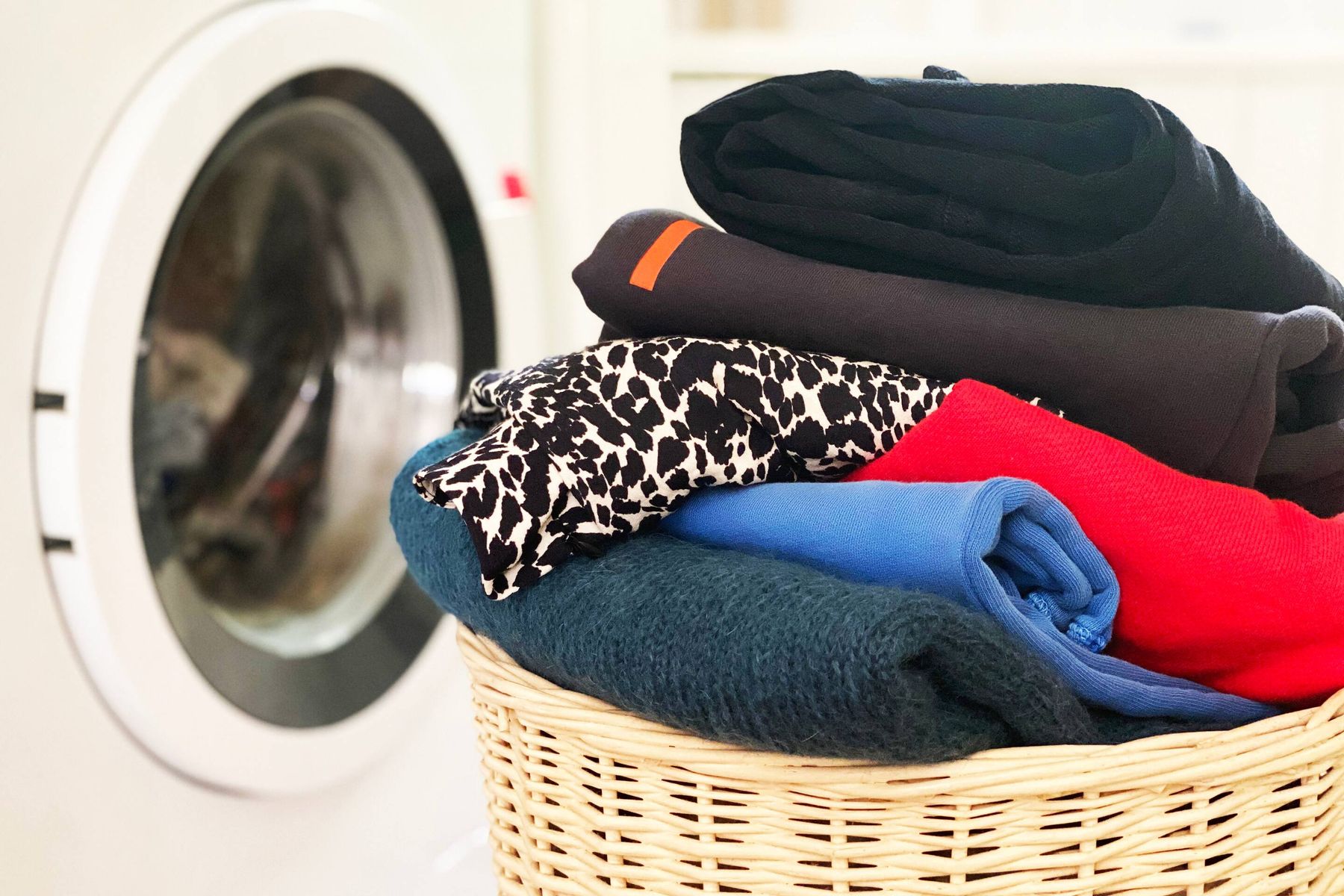

0 thoughts on “Can You Use Exterior Paint Indoors? Paint Experts Explain”